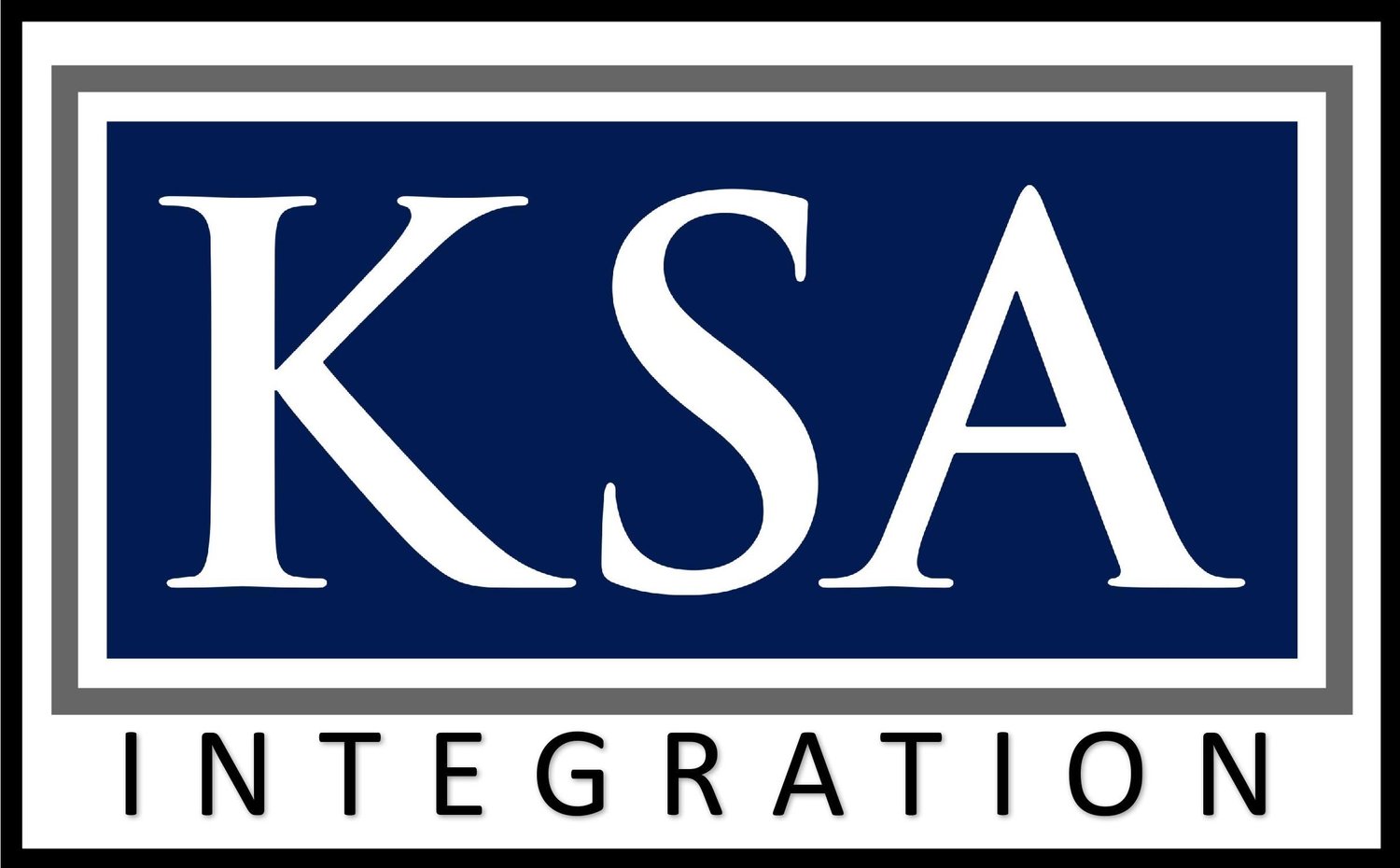Organizational Processes and Structure Shape Everything
- February 7, 2017
- Posted by: Keith Stalder
- Category: Organization and Processes

The structure (how the company is organized and who works for whom) and processes of every organization are extremely important; they shape, guide and direct almost everything the company does, from business intelligence to strategic planning to hiring employees and taking care of customers. But in many companies, these two key engines of organizational culture and performance simply run in the background, little noticed and under-appreciated for their impacts on the business. Occasionally, something may draw attention, usually when it’s dreadfully dysfunctional, but even this may not be enough to decisively engage and fix the offending issue. The structure and processes of organizations are not easy to fix; they cut across every aspect of the company and amending them, even for great gain, requires monumental effort and usually a search for consensus. Taken together with the general lack of understanding on how they drive business performance, there is normally little appetite for reform. Thus, it is leaders’ business to understand, engage, and do the right things.
It begins with an understanding of how the company structure affects performance. It can be done by asking and answering a few questions:
- Is the span of control about right for efficient and effective accomplishment of the business?
- Do the divisions and departments work for the best entity higher in the company?
- Do the divisions and departments have the right expertise and capacity to accomplish their tasks and requirements?
- Are the authorities and responsibilities within each department and division appropriate to their tasks and responsibilities?
- Are senior and intermediate leader organizational communications able to travel quickly and unaltered to those closest to the customers?
- Is the organizational structure responsive to customers? How do we know?
- What do the employees think?
These are just a few of the ways to gain priceless insights into how the component parts of a business are working together and how it might be improved.
Processes also start with understanding how deeply they govern business practices and ultimately influence performance. Processes are everything that an organization does every day, by everyone, over a period of years, even decades. These thousands and millions of small and large actions, words, and thoughts all comprise the culture of the organization and predict and define how it will perform over time.
It begins with an understanding of how the company processes affect performance. It can be done by asking and answering a few questions:
- Do processes efficiently and effectively connect the organization and its component parts?
- Do they support the customers?
- Are they easily understood and simple to use?
- Do they always add value? For whom? In order to do what?
- Why is each process needed?
- Who or what does it support?
- Is there a process owner with recognized authorities and support by senior leaders?
- Are there effective business intelligence, strategy development, planning, programming, and assessment processes?
- Are employees able to access assistance for initiatives via the company processes?
- What do the employees think?
Culture is created over years by the structure and processes of organizations. Those habits, attitudes, and practices can be “good” or “not so good”. Good habits, attitudes, and practices equal good culture, which, in turn, equals high organizational performance. Not so good habits, attitudes, and practices equal not so good culture, which, in turn, equals not so good organizational performance. Habits, attitudes and practices (culture) is/are changed the same way it’s/they’re created: by changing what the organization does every day.
This basic cause and effect relationship between culture and performance needs to be understood if the performance of organizations is to be changed for the better. It’s the beginning of understanding the root causes of failures; grasping those cultures which produce calamities and makes drudgery of the professional lives of so many employees.
It’s a fundamental understanding on the path to authentic and enduring reform.
Keith Stalder, #61
Keith Stalder Copyright © 2017 KSA, LLC. All rights reserved.
Keith Stalder has over 40 years of leadership experience in organizations from the very large and established to small technology start ups and everything in between. With a broad and deep appreciation for, and understanding of, the fundamental challenges of organizations and businesses, both in government and the private sectors, his passion is to help all organizations become all that they aspire to. He is the founder of KSA, LLC, a company dedicated to advancing organizational visions and fundamentally transforming how businesses everywhere are run. Visit www.ksaintegration.com for more information.
